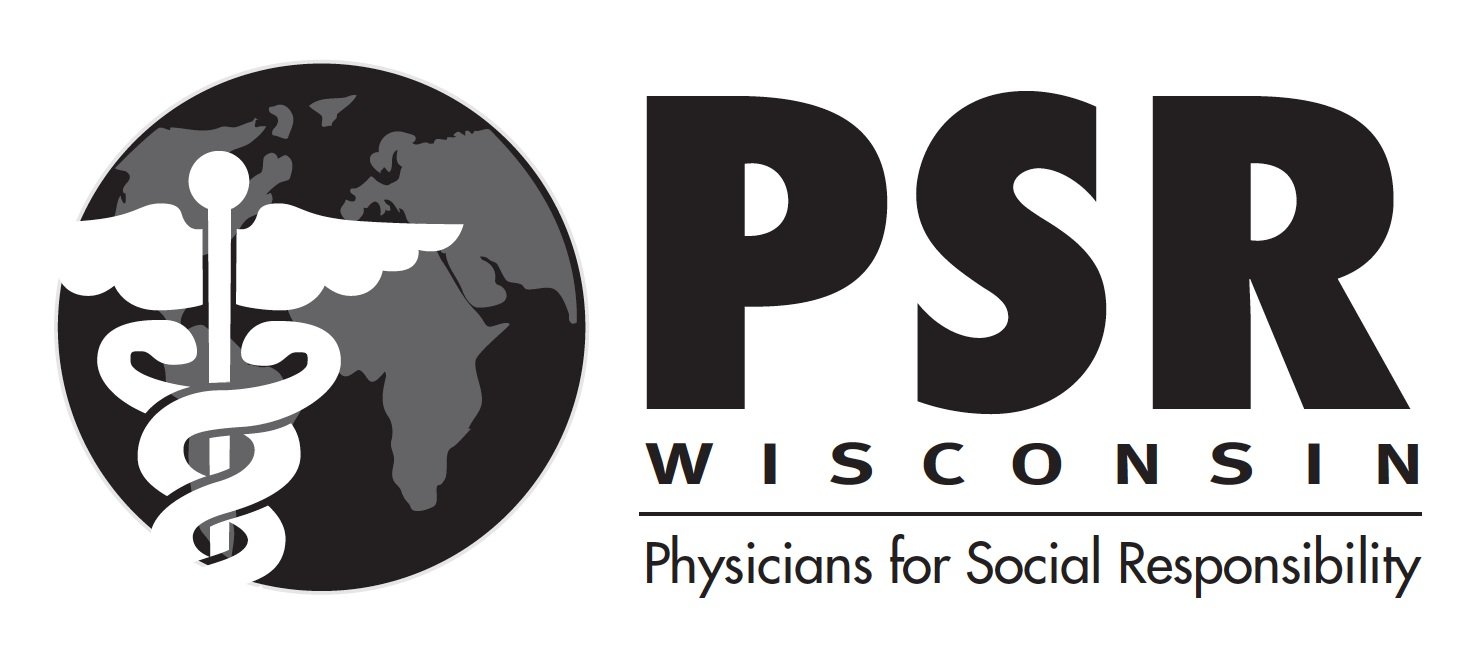BACKGROUND - NUCLEAR WEAPONS
Download our printable PDF handout for “What you Need to Know” >>
Risk of accidental and intentional use of nuclear weapons is increasing
There are nearly 12,000 nuclear weapons worldwide, 90% in the stockpiles of the US and Russia. The risk of accidental or intentional use of nuclear bombs has increased due to the spread of these weapons to 7 countries besides US and Russia.
There have already been numerous instances of accidents leading to near-detonation and miscommunications leading to near-war.
“The vulnerability of nuclear weapon command and control systems and early-warning networks to cyber attacks and attacks by non-state actors; and the growing automation of weapon systems” have been identified by the UN as current risk factors for nuclear weapon detonation.
Increased geopolitical conflicts between nuclear states further increase the risk of a nuclear attack.
Humanitarian effects of nuclear weapons use
Since 1945, nuclear-armed states have detonated over 2,000 nuclear weapons, impacting communities around the world. Learn more about the tests, survivors' stories and their activism for justice by visiting this website from ICAN.
View this new 2022 report examining the existing health infrastructure available to respond to the explosion of a moderately-sized nuclear weapon over nine cities in nuclear-armed states and one non-nuclear armed state’s capital.
There can be no humanitarian medical response to a nuclear attack. See what would happen if a nuclear bomb detonated over your city.
· https://outrider.org/nuclear-weapons/interactive/bomb-blast/
· https://nuclearsecrecy.com/nukemap/
One modern 300 kiloton nuclear bomb detonated over Madison, WI (city population 270,000) would immediately kill 98,000 people and severely injure another 128,000 people. This number of people with severe burn, blast and radiation injuries would overwhelm the nation’s medical capacity. (Source)
Most US medical personnel have no training in the diagnosis and treatment of acute radiation injuries.
As of 2007, US had fewer than 2000 burn beds nationwide. (Source)
As of 2010, US has fewer than 2000 trauma centers nationwide. (Source)
A 2008 survey of 34 top level trauma centers in 7 US cities showed that the US was not equipped to handle a mass casualty event like the 2004 Madrid train bombing in which 2000 were injured. (Source)
CLIMATE AND ECOSYSTEM DISRUPTION DUE TO NUCLEAR WAR
Recent computer climate models have shown that a limited nuclear war using less than 3% of the world’s nuclear arsenal (200 - 400 x Hiroshima size bombs) could lead to the immediate deaths of 20 million people. It could also drop world surface temperatures 1.3 degrees Celsius, reduce world precipitation by 10%, lead to shortened growing seasons, decreased grain production (source) and the starvation of 2 billion people (source).
A full scale nuclear war between the US and Russia (4000 x 100 kiloton weapons) could cause 250 - 500 million immediate fatalities.
It could drop world surface temperatures 8 degrees Celsuis (equivalent to last ice age temperatures) and reduce precipitation by 45%, leading to collapse of agriculture and possible extinction of complex life on the planet.
COSTS OF NUCLEAR WEAPONS MAINTENANCE, ENHANCEMENT & CLEANUP
2019 Madison, Wisconsin Estimated Nuclear Weapons Tax Expenditure Maintenance = $53 million.
2019 Wisconsin Estimated Nuclear Weapons Tax Expenditure Maintenance = $1.1 billion
2019 United States Estimated Nuclear Weapons Tax Expenditure Maintenance = $61.5 billion. (Source)
Estimated Cost of Nuclear Weapon Enhancement = $1.7 trillion/30 years = $57 billion per year = $6.5 million per hour for next 30 years. (Source)
Estimated Cost of Nuclear Weapons Cleanup = $377 billion in 1/2019 report by the General Accounting Office. (Source)
COSTS OF PROVIDING FREE EDUCATION, CLEAN WATER & ENDING WORLD HUNGER
For 57 billion per year (the cost of nuclear weapon enhancement) we could:
provide 80% of the funding needed to make community college tuition-free for US students from all income levels or 4 year public college tuition-free for mid to low income students at a cost of 70 billion per year.
provide 38% of the $150 billion per year needed to provide the world with clean water.
provide 21% of the $265 billion per year needed to end world poverty and hunger.
WHAT IS HAPPENING IN MADISON, WIsconsin
Plans are underway to expand Truax Air Force base in preparation for stationing F-35 fighter jets at the base in 2023 as part of the Air National Guard. The F-35’s are designed to carry B61-12 guided nuclear bombs. Because the B61-12’s “smallest” setting is only a third of a kiloton, military war planners are talking about this as a “usable” nuclear weapon. And because of the F-35’s stealth technology and the accuracy of its B61-12 bomb, the F-35 is being considered a first strike nuclear weapon.
If nuclear capable F-35’s were stationed here, Truax would become a nuclear target. In nuclear targeting, it is the delivery vehicles and their bases which are targeted, not the warheads.
The Air National Guard is a federal military reserve force as well as the militia air force of Wisconsin. Along with our Army National Guard, it makes up the Wisconsin National Guard. The Air National Guard units are under the command of the Governor in their militia role. If federalized by order of the President of the United States, ANG units become an active part of the US Air Force.






